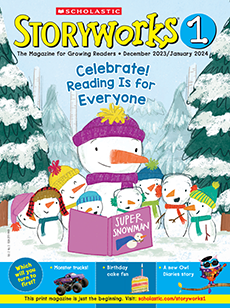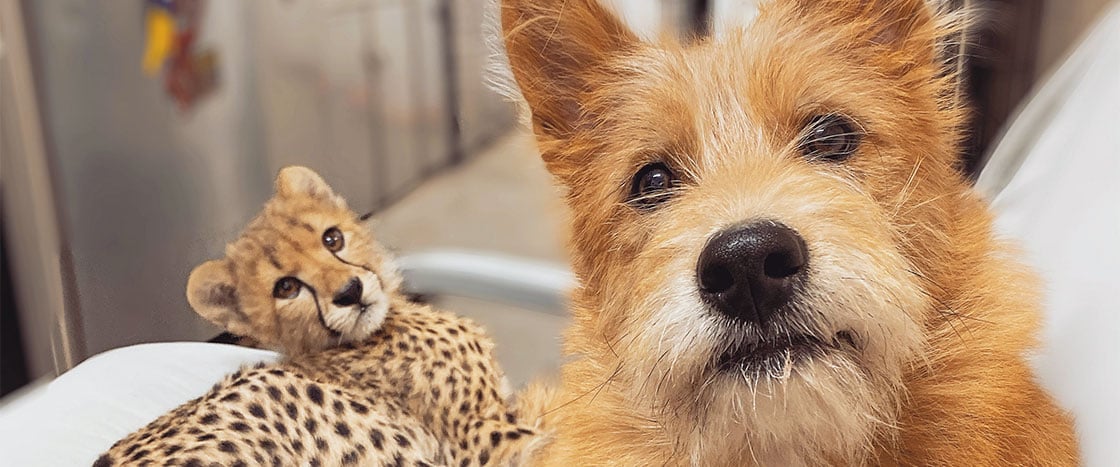The cheetah cub was in danger.
She had just been born at the zoo. The zookeepers had named her Kris.
But they were worried. Her mom wasn’t making milk to feed her, and she couldn’t care for little Kris. The zookeepers decided to raise Kris themselves.
They gave her milk and a warm place to sleep. But Kris needed more. She needed an animal friend to teach her and love her.
The zookeepers thought a dog might be a perfect friend for the tiny cub. But dogs and cheetahs are so different!
Could a dog really be a good friend to the baby cat?


